Apple's rumored iPad mini 8 might ditch speaker holes entirely. Recent reports point to vibration-based speakers, according to Bloomberg, which would make it unique among Apple products if adopted. The idea turns the display or chassis into the sound source, promising better water resistance while keeping audio quality intact. It is a sharp turn from diaphragm-based speakers, using exciters that vibrate surfaces to make sound.
The concept is not brand-new, yet an iPad mini built around it would be a neat twist. Picture this: no grilles, no tiny cones. The screen itself does the talking. That one move could tackle a few design headaches at once. Better water resistance. Sound that seems to come straight from the image. A thinner profile.
How vibration-based audio technology actually works
Let's break the mechanics down. Traditional speakers run current through a coil to move a cone that pushes air. Vibration systems flip the model. Apple could implement a sound exciter that creates audio waves by making surfaces like glass panels or metal frames vibrate, and skip the usual drivers.
The engine is an exciter, a transducer. These are made up of tiny single crystals, such as quartz or some ceramics, with two electrodes attached. When you apply a voltage across the electrodes, the material physically bends, and by applying an alternating voltage, you can make the transducer vibrate with rather considerable force.
From there, it is straightforward. Apple could attach an exciter to the iPad mini's chassis or display. When audio plays, the exciter vibrates the panel to displace air and generate sound waves without traditional speakers or speaker openings. The iPad's display size provides adequate space for multiple exciters to enable stereo sound reproduction, with the screen functioning as separate diaphragm sections.
Power is the kicker. While creating the effect with ceramic material requires relatively high voltages (in the range of 40 volts or more), it requires very little current and, hence, little power (far less than the power used by mobile device speakers today). That could help battery life during long video or music sessions.
Apple's patent portfolio reveals the technical foundation
Apple has been laying the groundwork here. Apple has already developed intellectual property supporting this audio innovation through its "mechanically actuated panel acoustic system" patent. This system involves dividing an enclosure into sub-panels with individual actuators that vibrate each section to convert audio signals into acoustic output.
Classic Apple move: attack the messy parts. Materials resonate differently, and a tablet mixes glass, metal, and packed internals. The patent addresses that with signal processing tuned to the exact build of each device. Piezoelectric transducers offer significant advantages, requiring only high voltage but minimal current consumption, making them far more power-efficient than current mobile speakers. These transducers can produce vibrations across the entire audio frequency spectrum while maintaining the thin profile essential for modern device design.
That is the difference between a party trick and something that sounds like a real speaker.
Industry precedents show promising results
Apple would not be first, and those early runs are instructive. Huawei's 2019 P30 Pro featured "Acoustic Display Technology" with an under-display speaker using a small exciter to vibrate the glass screen. People said calls felt like they came right off the screen, a natural effect for voice.
LG's G8 ThinQ took a similar approach, utilizing the entire OLED display as a diaphragm paired with a bottom speaker for stereo performance. You could feel a faint buzz through the glass during playback, an odd but memorable touch. It also hinted at a truth: mixing exciters with a traditional driver can help fill out the low end.
Big screens proved the concept at scale. Sony's OLED TVs use "Acoustic Surface" technology that employs multiple actuators behind displays to create immersive viewing experiences. According to reviewers, the fidelity is great at midrange and high frequencies, and the sound really does seem to be coming from the images on the screen. If it works on a TV, it can be tuned for a tablet.
Some TVs and devices already use surface exciters to vibrate materials like walls or ceilings, transforming them into speaker drivers. Same idea, different canvas.
Potential benefits for water resistance and design
Here is the practical upside. The current iPad mini features speaker openings at the top and bottom with no official water resistance rating. Openings let water and grit in. Tricky to seal. Apple has shown with the iPhone that you can push this far; the iPhone achieves IP68 water resistance, allowing it to withstand being submerged in water six meters deep for at least 30 minutes. Remove the speaker holes, and one of the hardest parts of sealing a tablet goes away.
Since piezoelectric transducers are bonded inside the enclosure, they eliminate openings that could admit moisture or debris. Good for durability, good for cleaning, good for beach days, and kitchen counters.
Design wins stack up too. The piezoelectric transducer material requires only about one millimeter of enclosure thickness, compared to several millimeters for dynamic speakers. That frees space for a battery or just a slimmer silhouette.
Most of all, the transducers produce sound waves from the front of the display, directing sound toward users rather than away from them. Audio that seems to come from the action on screen simply feels right.
Technical challenges and potential solutions
There are hurdles. Bass reproduction presents the primary challenge, as surface speakers struggle with low-frequency output compared to traditional drivers. Big bass need air movement. Panels do not move that much air.
Apple could lean on its DSP toolkit, boosting perceived low end with psychoacoustics or pairing exciters with a small hidden driver. The company has wrung surprising sound from small speakers before.
Hands-on use matters too. Touch contact dampens sound by absorbing vibrations, but sensors could dynamically adjust vibration patterns based on how users hold the device. Picture the iPad reacting to grip and touch data to keep audio consistent.
Stereo imaging needs care. Surface speakers can radiate mids and highs across the panel, but perceived audio width might be narrower since vibration originates from a single surface. Multiple exciters plus smart tuning would have to do the heavy lifting.
The upside, again, is efficiency, which would help battery life in marathon streaming sessions.
What this means for the iPad mini 8's future
If Apple pulls this off, the iPad mini 8 becomes more than a spec bump. It needs horsepower to do it well, and the iPad mini 8 is rumored to feature the same A19 Pro chip found in iPhone Air and iPhone 17 Pro models. Plenty of headroom for advanced audio processing.
There is a display angle too. The iPad mini 8 could become the first non-Pro iPad to receive an OLED display. OLED's quick response pairs nicely with screen-as-speaker ideas, opening doors for tight audio-visual sync. Think subtle pulses that track bass lines or haptics that match game cues.
Timing lines up. Apple could release the iPad mini 8 as early as 2026. Enough runway to tune acoustics and refine manufacturing.
If it lands, the ripple could be big. MacBooks with speaking palm rests. iPhones that shave millimeters. Apple Watch is squeezing more into the tiniest spaces.
The bigger picture for Apple's audio innovation
This is not just a clever hack. It signals Apple's appetite to rethink basic components. The company is already playing at the edges of sound and feel, including Music Haptics that converts audio into refined vibrations through the iPhone's Taptic Engine. Vibration does not have to be noise; it can be an expression.
Stack that with what is bubbling elsewhere. Reports say the company is exploring haptic buttons for various devices, though these likely won't appear until 2026 models. The timing fits the iPad mini 8 window, a moment where vibration speakers, solid-state buttons, and richer tactile feedback could meet.
There is an energy angle, too. Piezoelectric transducers can generate electricity from touch or ambient vibrations, potentially extending battery life. Micro-harvesting while you use the device is a tantalizing thought. Piezoelectric systems are expected to appear in smartphones, wearables, and laptop computers by 2024. The shift away from conventional drivers is already underway.
The pitch is simple and bold. Thinner devices with better sealing, sound that seems to pour out of the picture, longer runtimes from efficiency gains, and new haptic tricks that make apps feel alive. Whether the iPad mini 8 becomes the first to bring it all together is the open question. If it does, people will not marvel at the exciters or the control loops. They will just say it sounds great, lasts, and feels more responsive. That kind of quiet magic is Apple's sweet spot.




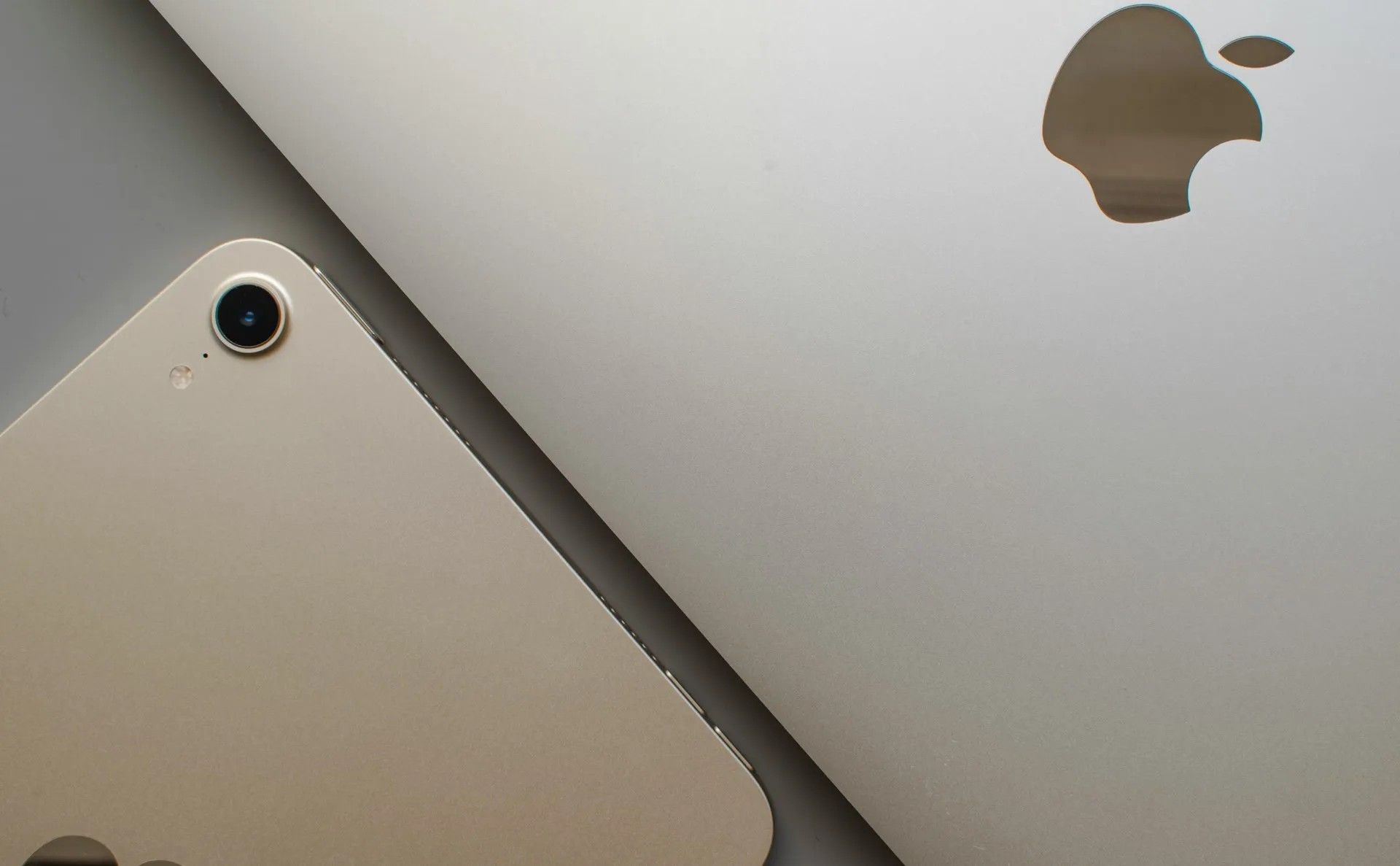

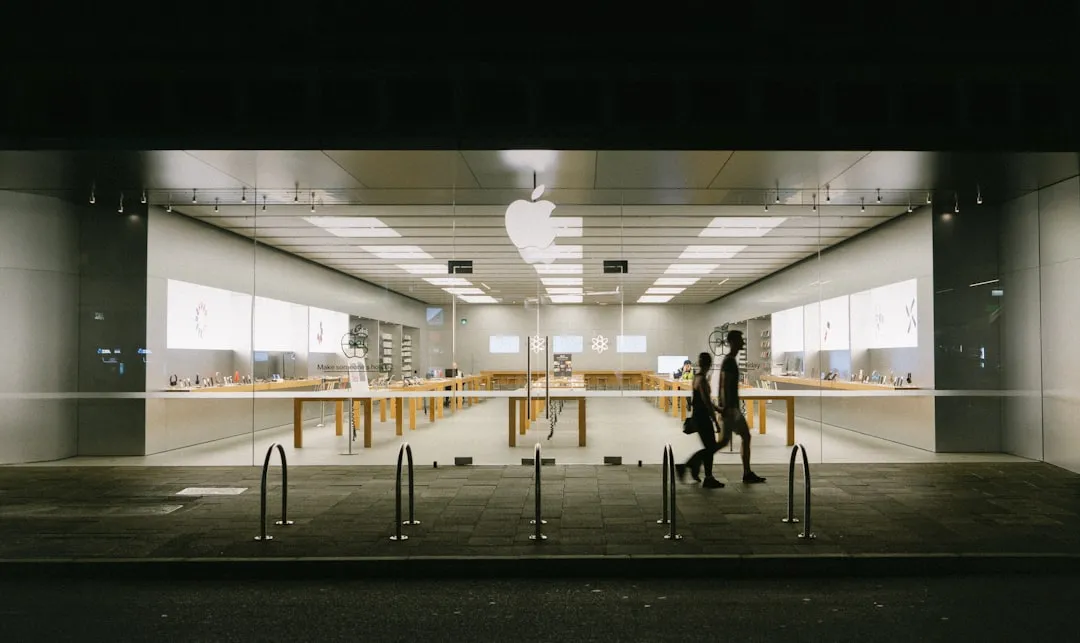
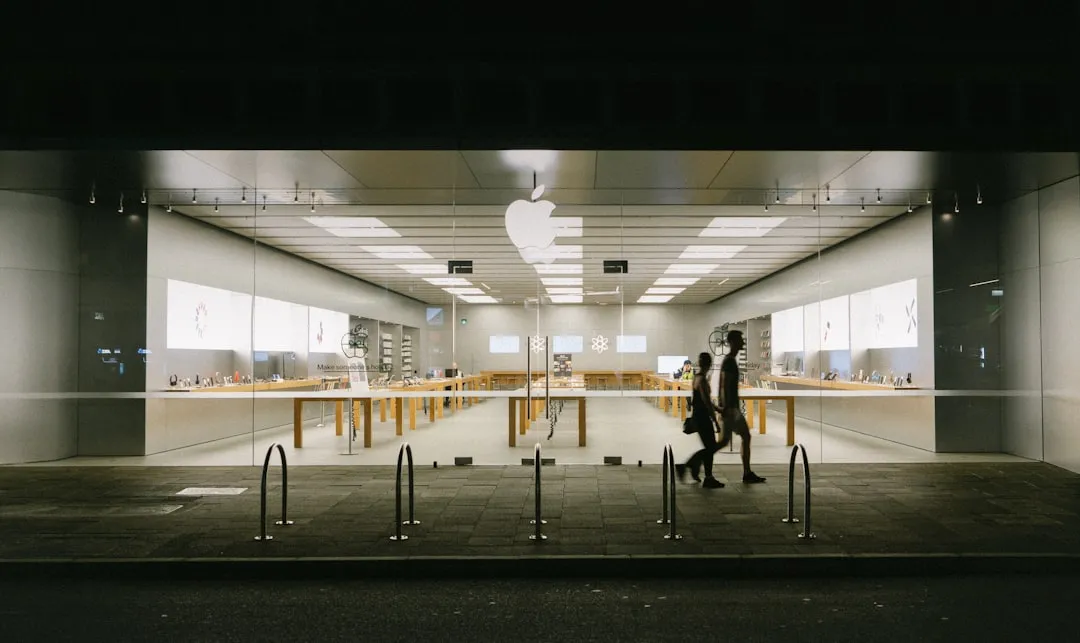

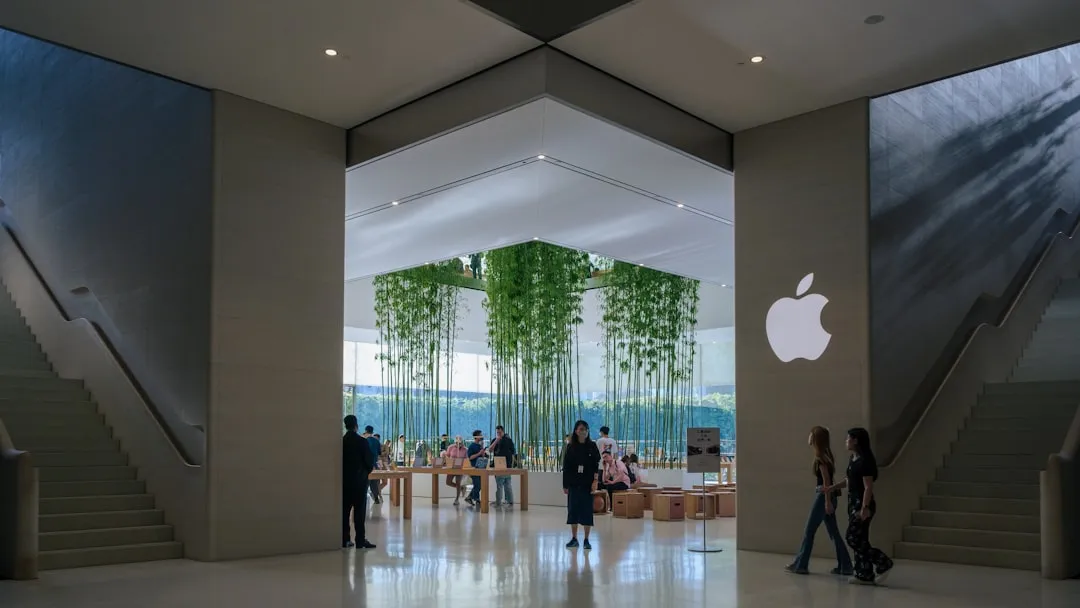
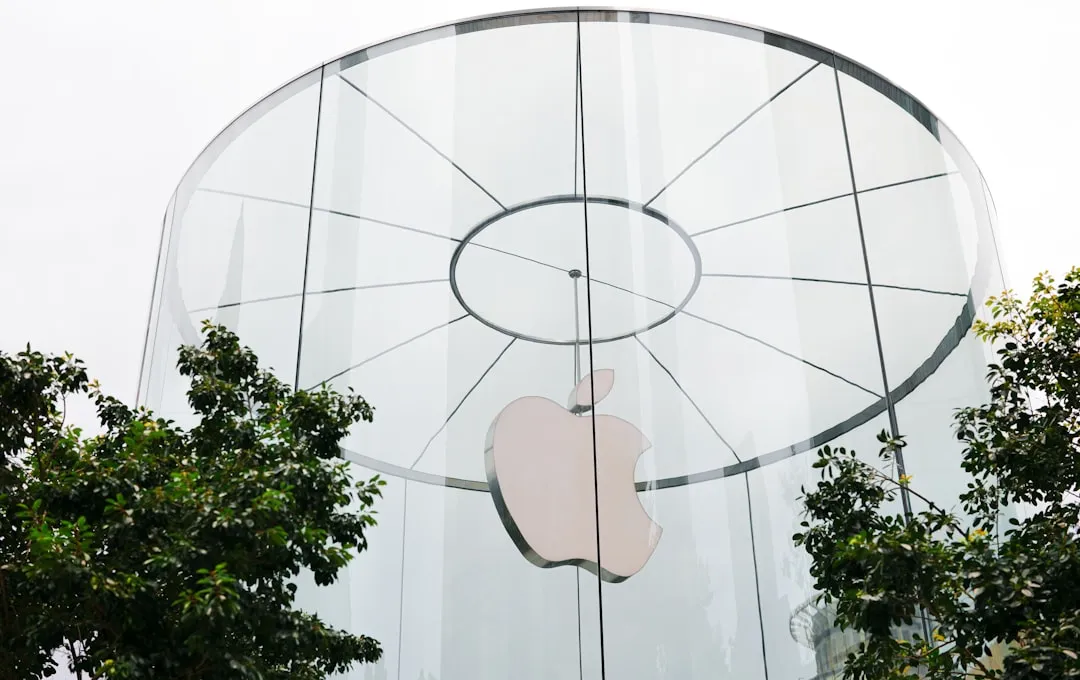
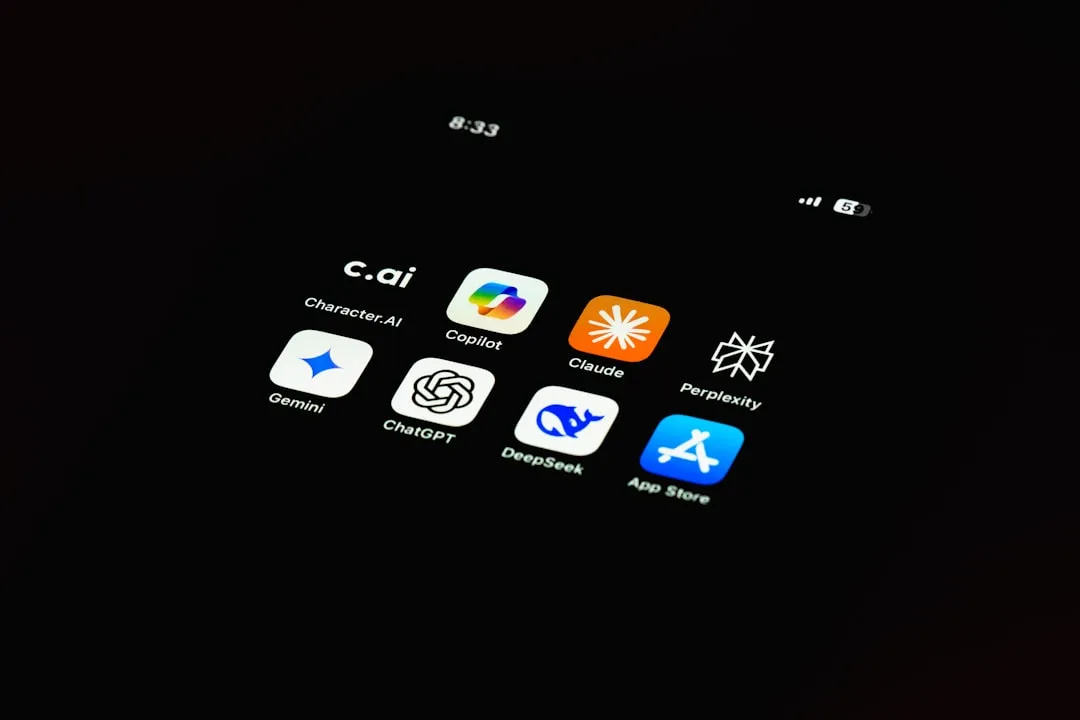
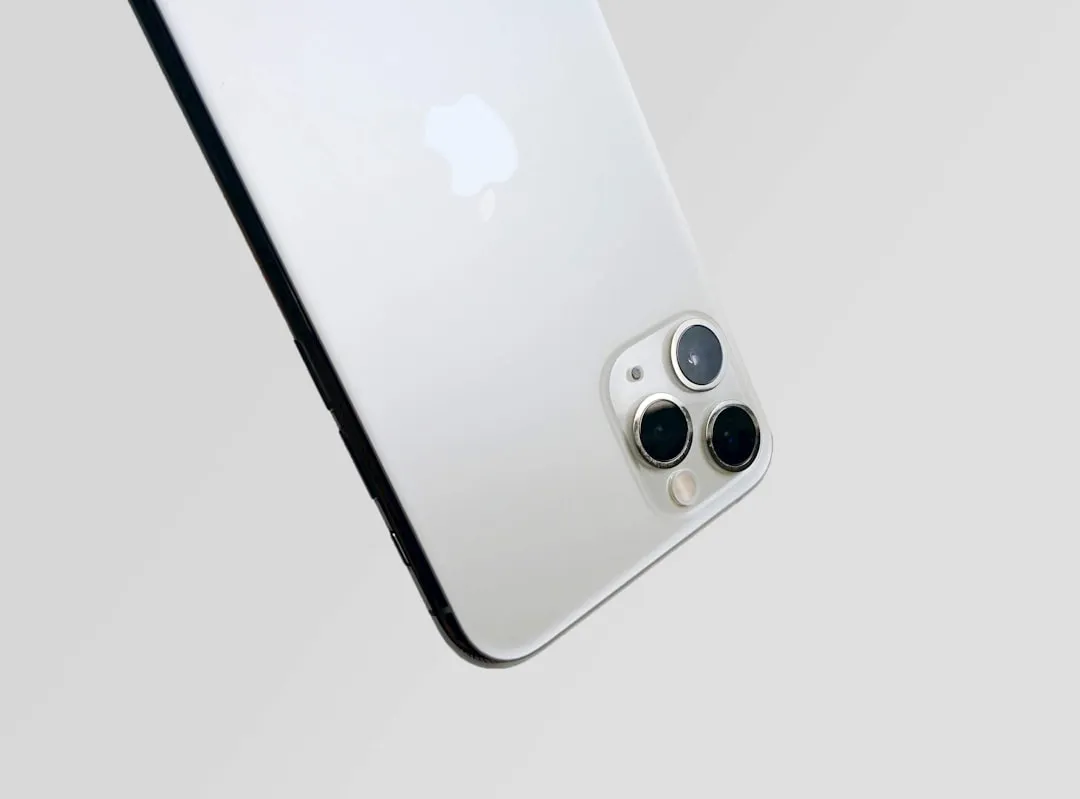
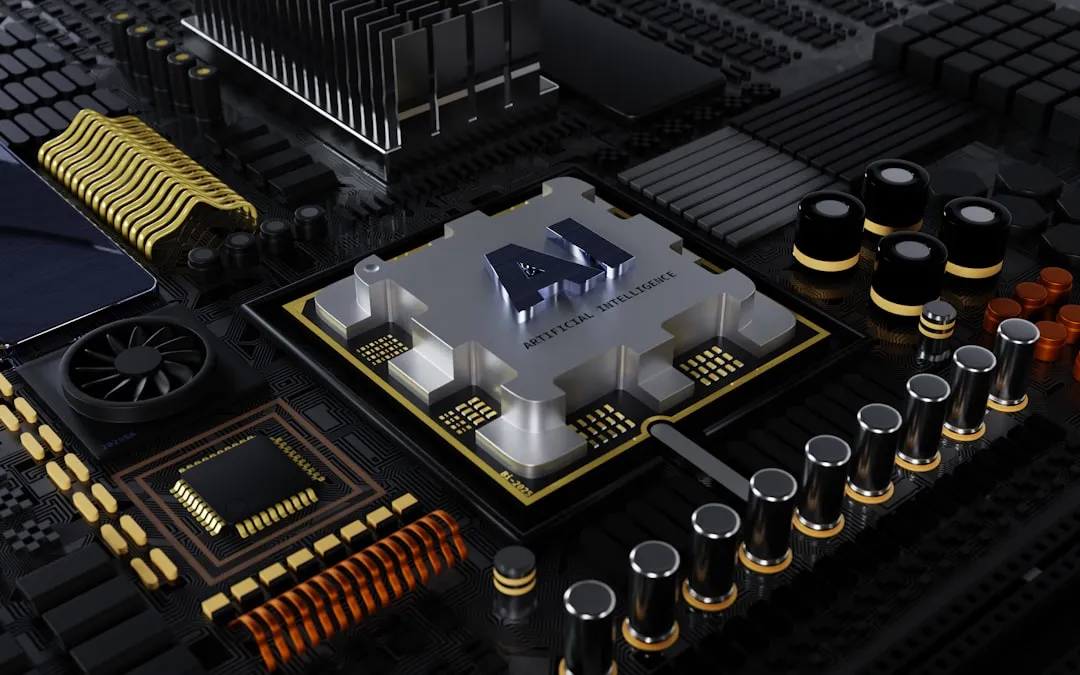
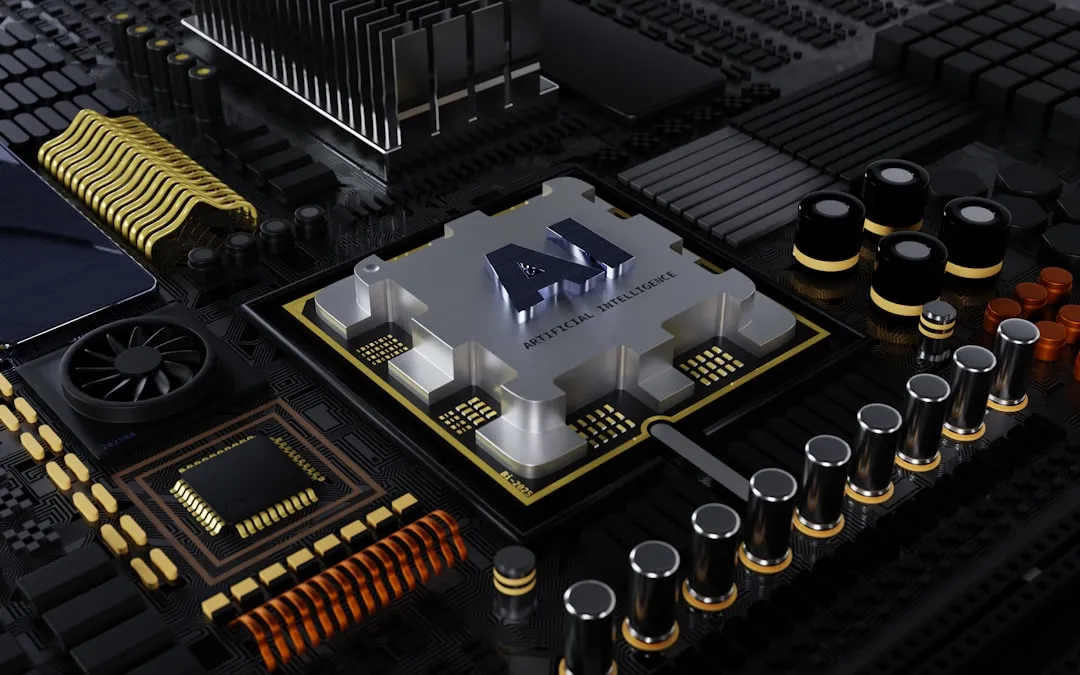
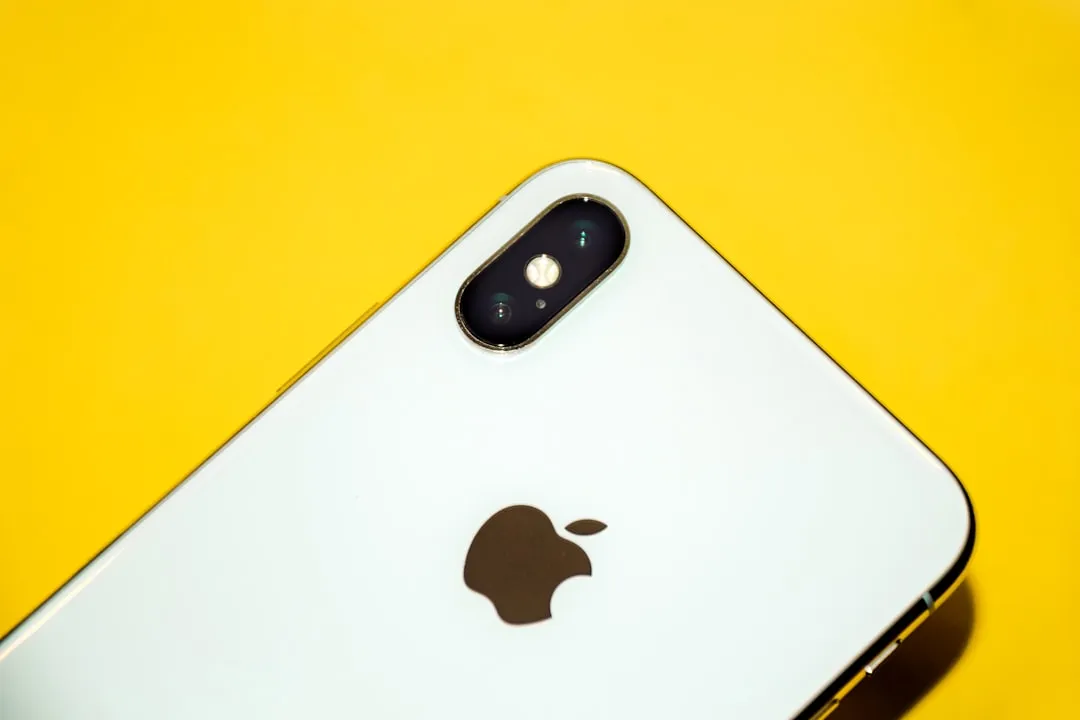
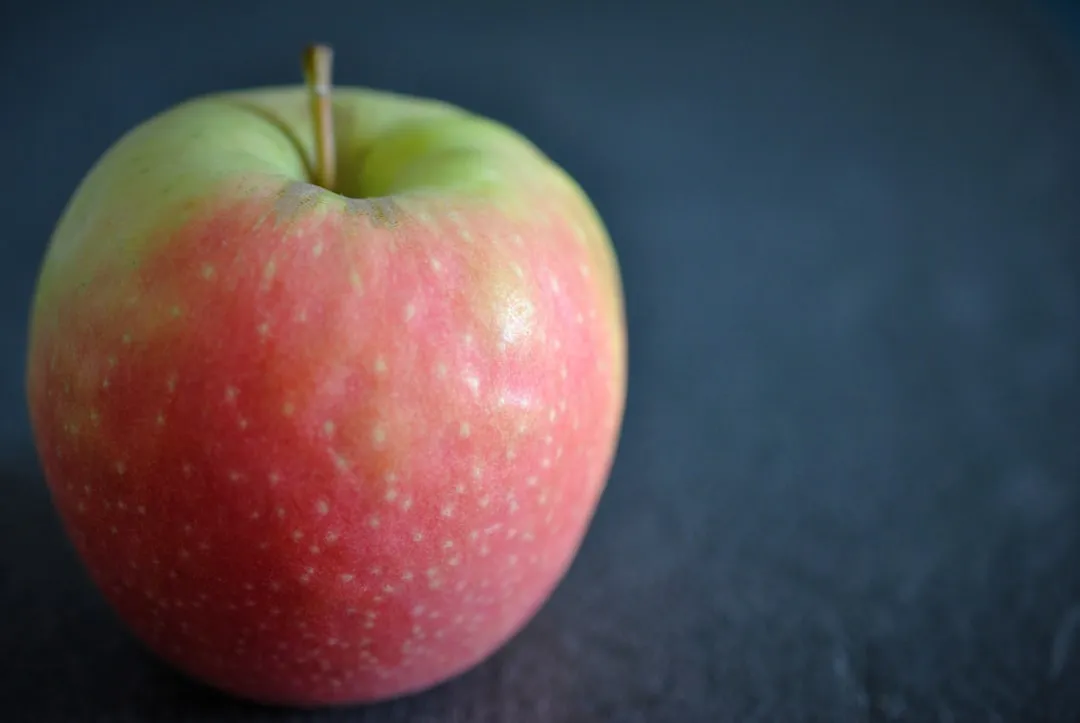
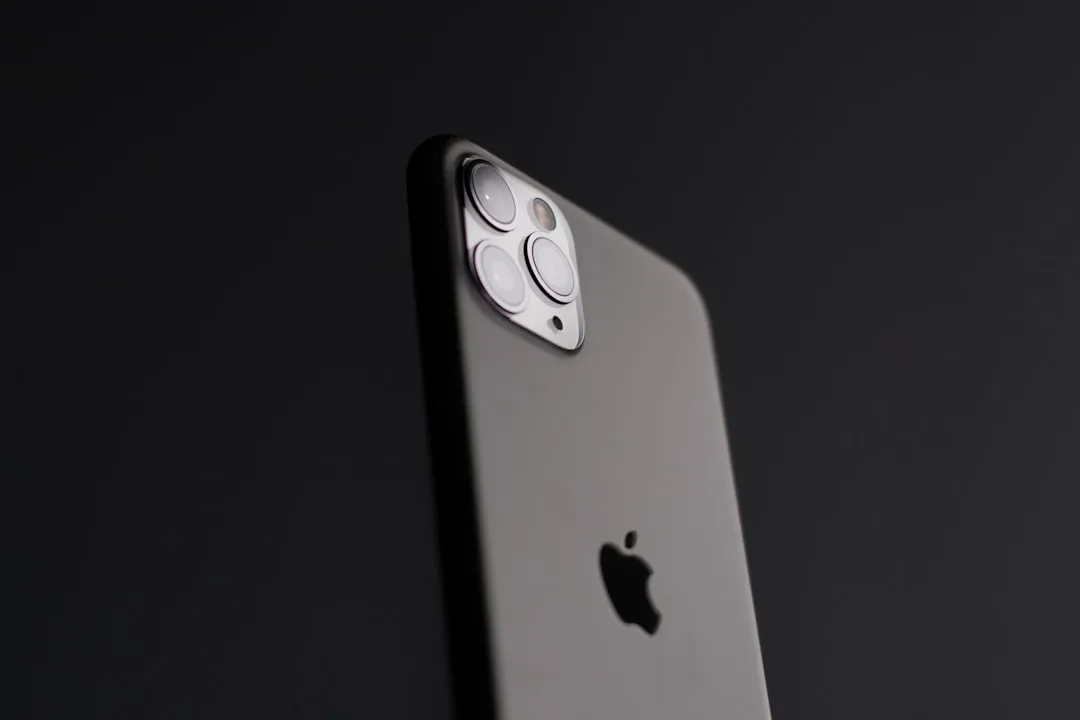


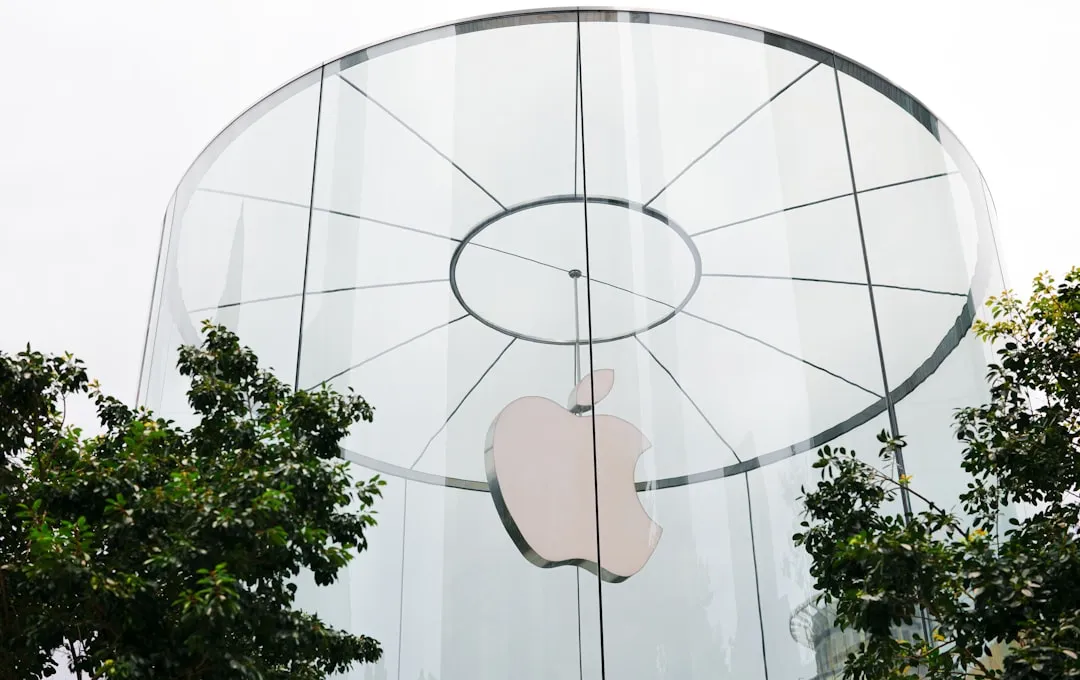
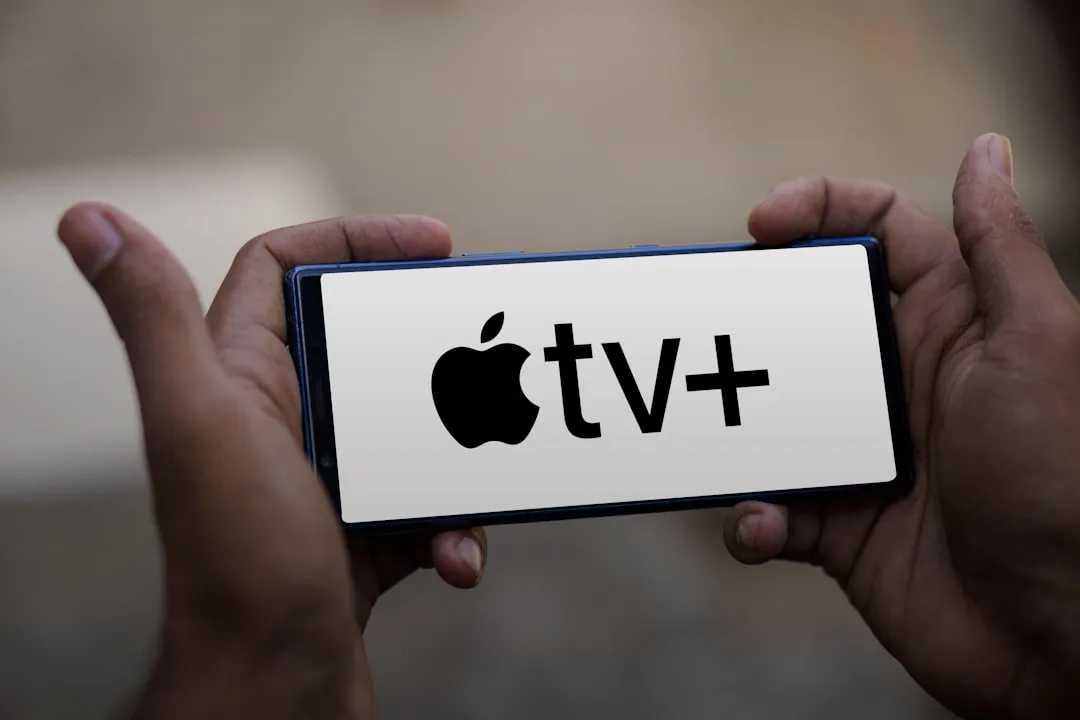
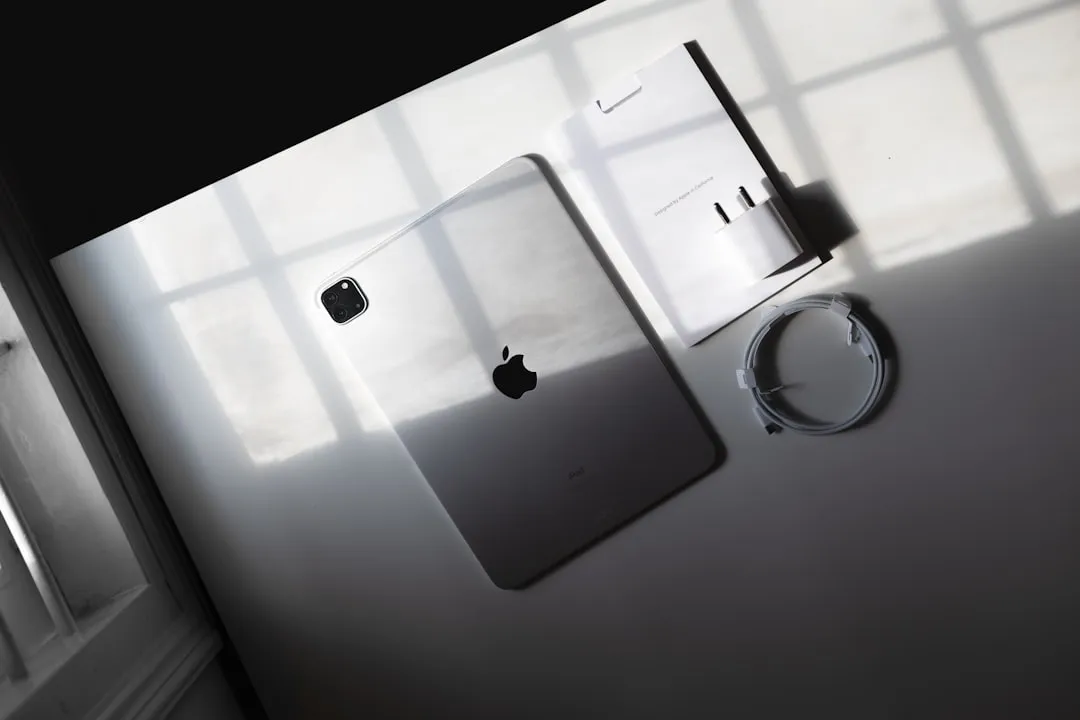
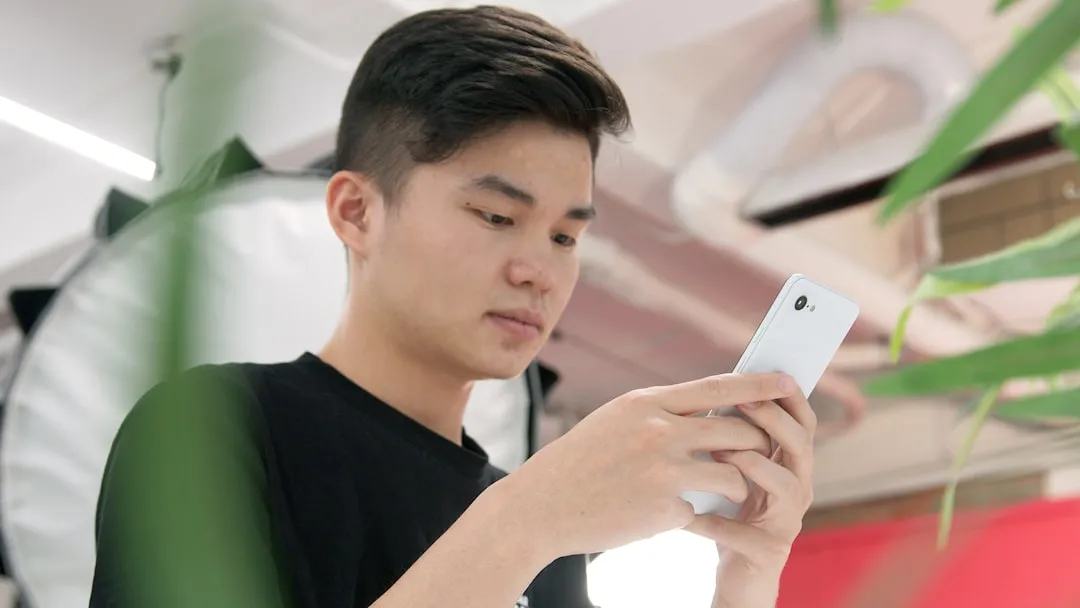
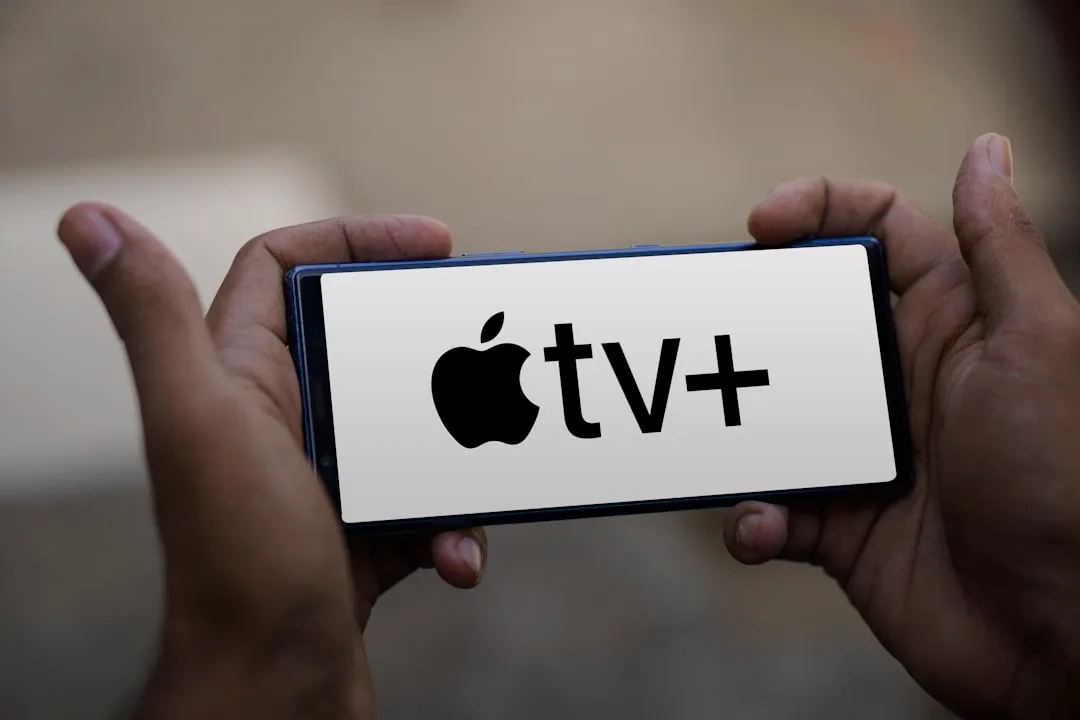
Comments
Be the first, drop a comment!